Fracking: No Problem for Fowl?

By Paul Wait
So maybe oil and waterfowl really do mix.
For the past two summers, Delta Waterfowl research technicians have been searching for duck nests in the shadows of oil rigs and storage tanks in the Bakken Region of North Dakota. Master’s degree candidate Cassandra Skaggs and Dr. Kevin Ringelman of Louisiana State University are conducting a three-year study to determine the effects of oil and gas production activities on nesting ducks.
 And so far, it appears nesting ducks aren’t bothered by well pads, pumpers and the workers who tend to the hydraulic fracturing — or fracking — operations used to extract the region’s vast oil reserves.
And so far, it appears nesting ducks aren’t bothered by well pads, pumpers and the workers who tend to the hydraulic fracturing — or fracking — operations used to extract the region’s vast oil reserves.
Skaggs and five other technicians searched 35 blocks of duck nesting cover in 2016. Blocks were categorized as “Control,” which means no oil activity, “Low,” which had one oil rig, “Medium,” which had two or three rigs, and “High,” which had four or more rigs or structures on them. Some of the study blocks had up to 20 wells.
Nest success was actually the highest on the Medium blocks in 2016, but ducks fared nearly equally across all four activity block categories.
Dr. Frank Rohwer, Delta Waterfowl president and chief scientist, said he did not find the results surprising.
“It shows there’s zero evidence that oil and gas activities have any influence on duck nest success — which is the most important component of duck production,” he said. “There’s no smoking gun.”
The nest success research Skaggs is doing for Delta Waterfowl is part of a larger study. North Dakota Game and Fish is providing oversight, while the U.S. Fish and Wildlife Service is conducting pair counts and Ducks Unlimited is doing brood counts. All are important elements in the duck production equation.
A lot of factors can influence whether ducks can successfully reproduce on the North Dakota prairie, Ringelman said.
“For example, nest success ranged from 8 percent to 40 percent on the study blocks,” he said.
The amount of cover fragmentation, type of cover, human disturbance, distance from a well pad, distance to a road, distance from water and amount of water on the block play a role in whether a nest will hatch successfully.
After Skaggs has compiled all of the data, she will be able to isolate several variables to determine their specific impacts on duck nest success, Ringelman said.
Interestingly, in 2015, the highest nest success was found on blocks in the High oil activity category.
“There was a weak indication that nest success actually improved with more oil activity,” Ringelman said. “But that didn’t hold up again this year.”
Nest predation is the No. 1 cause of failed duck nests on the prairies, so it’s possible that higher levels of oil activity changed the predator dynamic, Rohwer said.
 Fewer predators would undoubtedly result in higher nest success. Essentially, some predators will avoid people. And some of those people are likely to kill some predators, too.
Fewer predators would undoubtedly result in higher nest success. Essentially, some predators will avoid people. And some of those people are likely to kill some predators, too.
“Oil disturbance and people working around the rigs are likely to have a negative impact on the predator population, while ducks will adapt to that activity,” Rohwer said.
Technicians found 1,784 nests in 2015, and 1,385 in 2016. The decline is likely the result of drier conditions this summer. The most common nesting species in the study area are blue-winged teal, mallards and gadwalls. Shovelers and pintails are also prevalent, with fewer numbers of wigeon and lesser scaup. A small number of green-winged teal nests were also discovered and documented.
Study data on pair counts and brood surveys has not yet been made available to Delta.
It should be noted that oil activity has scaled back in the Bakken Region based on prevailing low prices. Still, Skaggs and her crew will again drag the prairie to determine nest success in summer 2017, the final year of the study.
Paul Wait is editor and publisher of Delta Waterfowl.

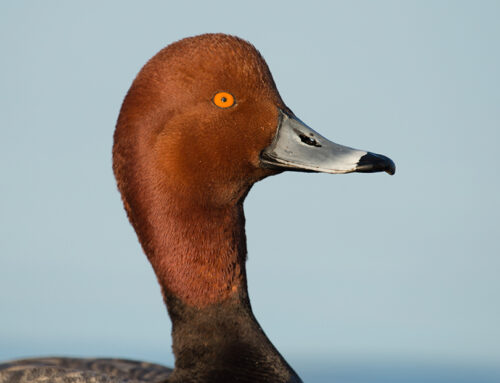
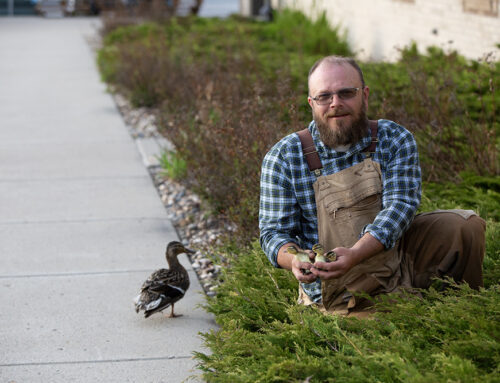
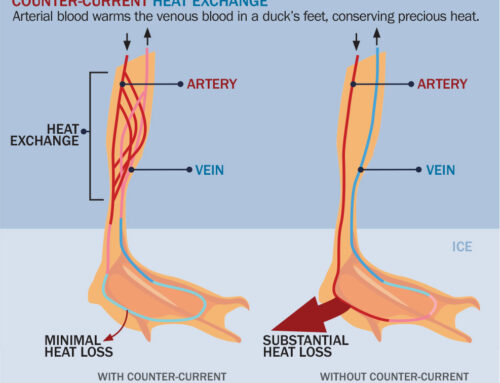
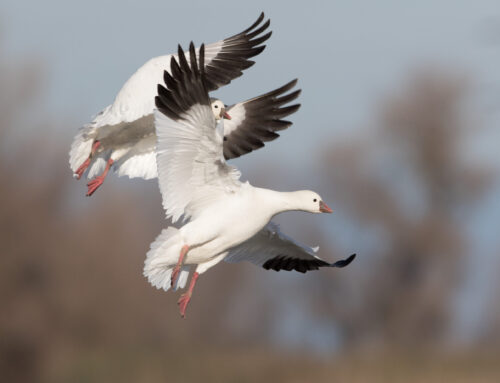
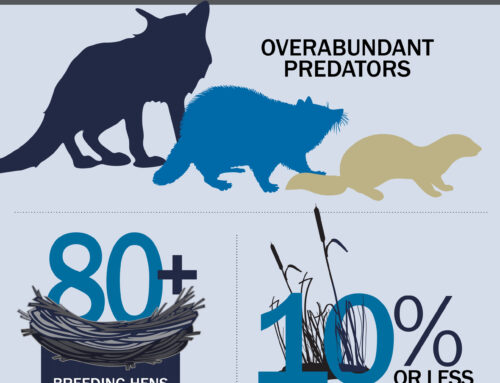
Leave A Comment